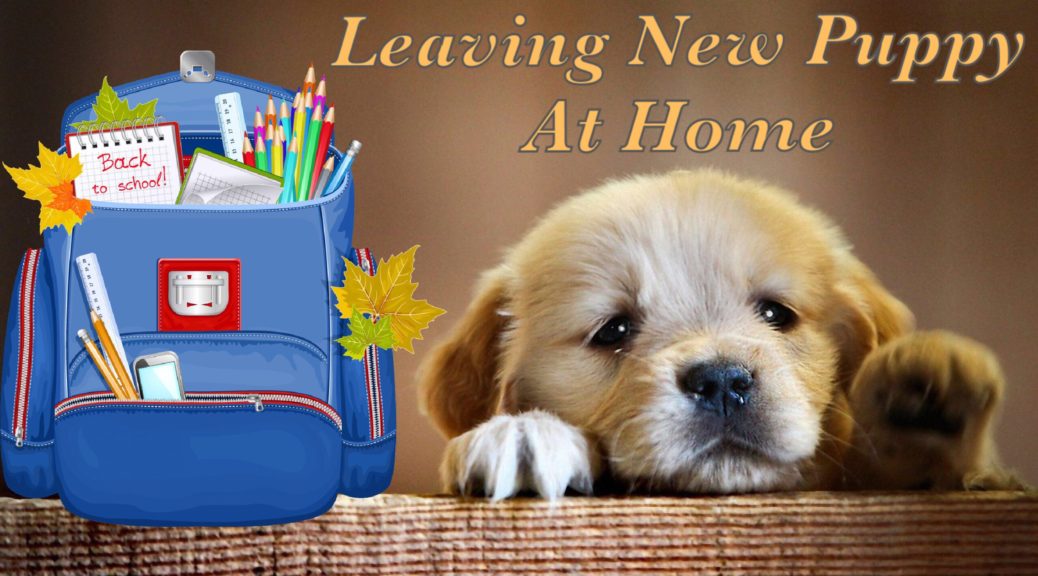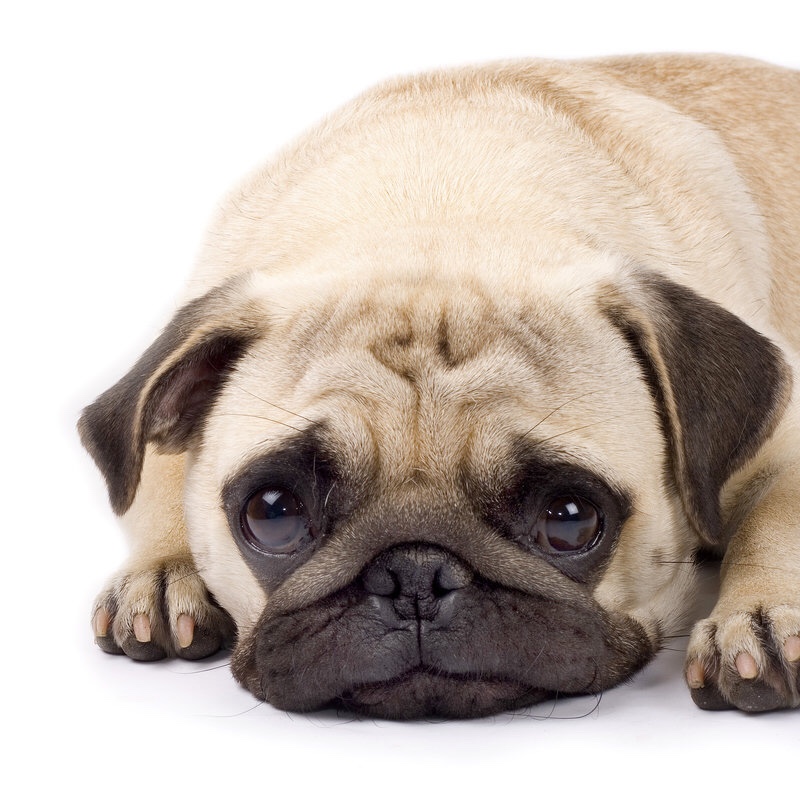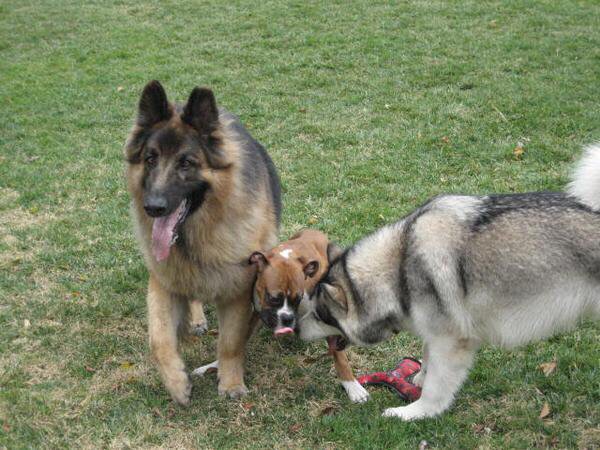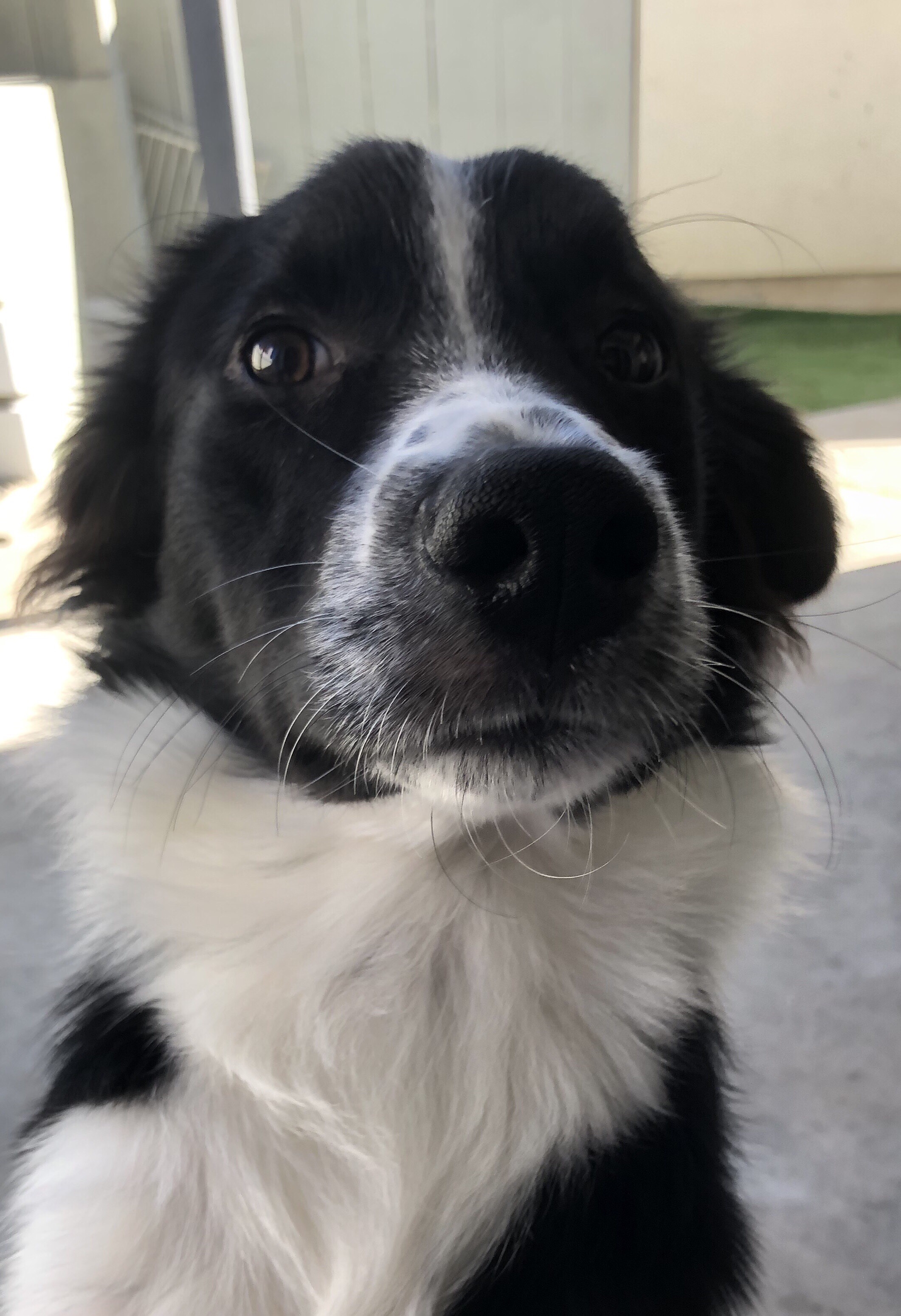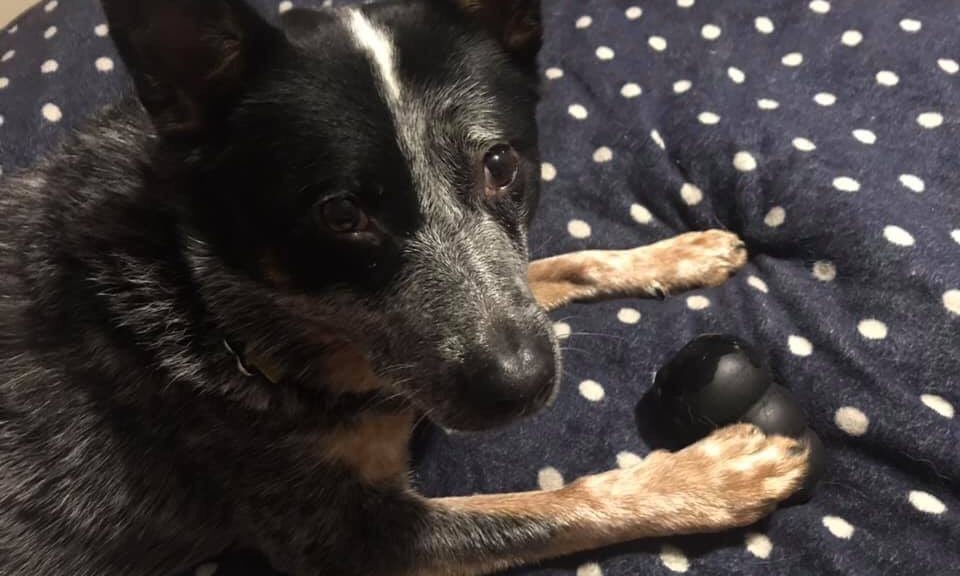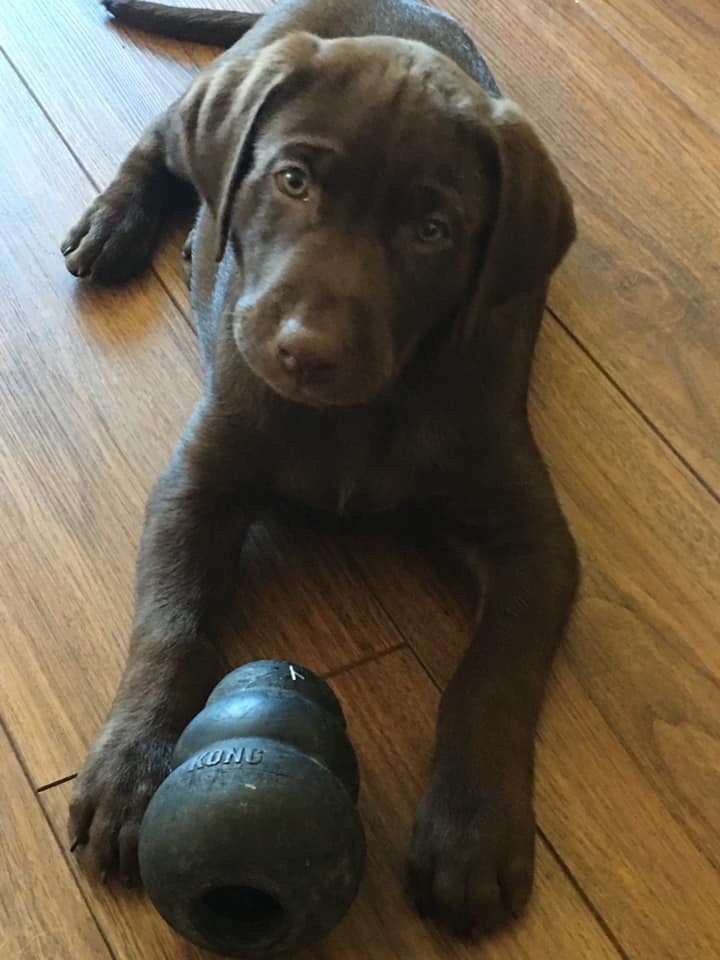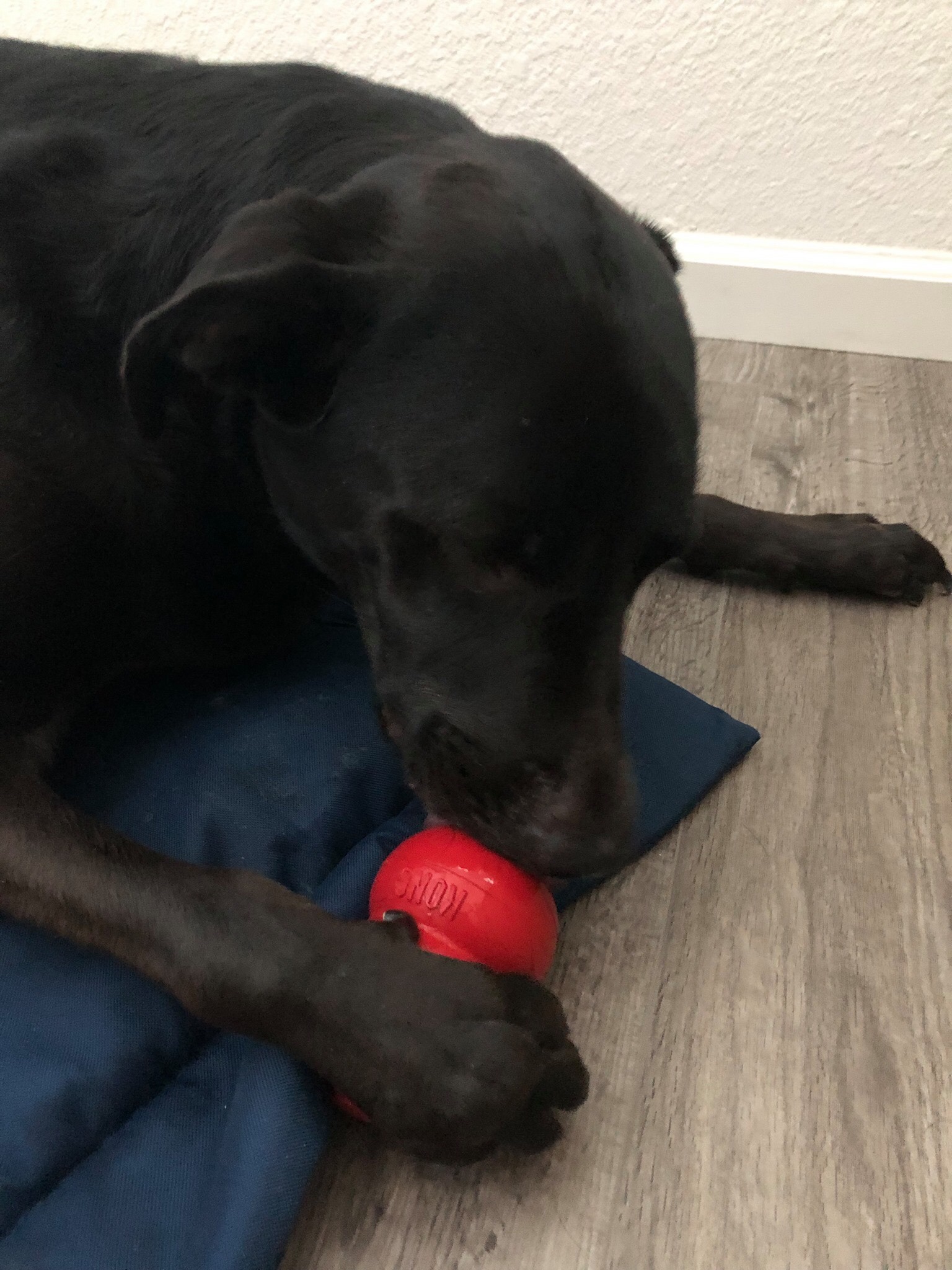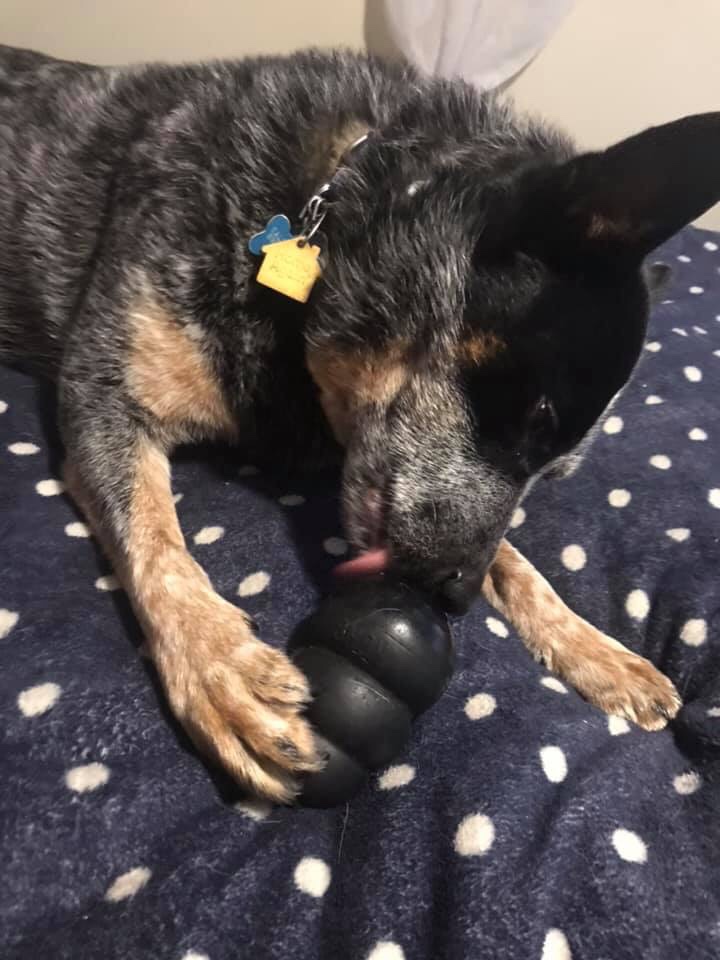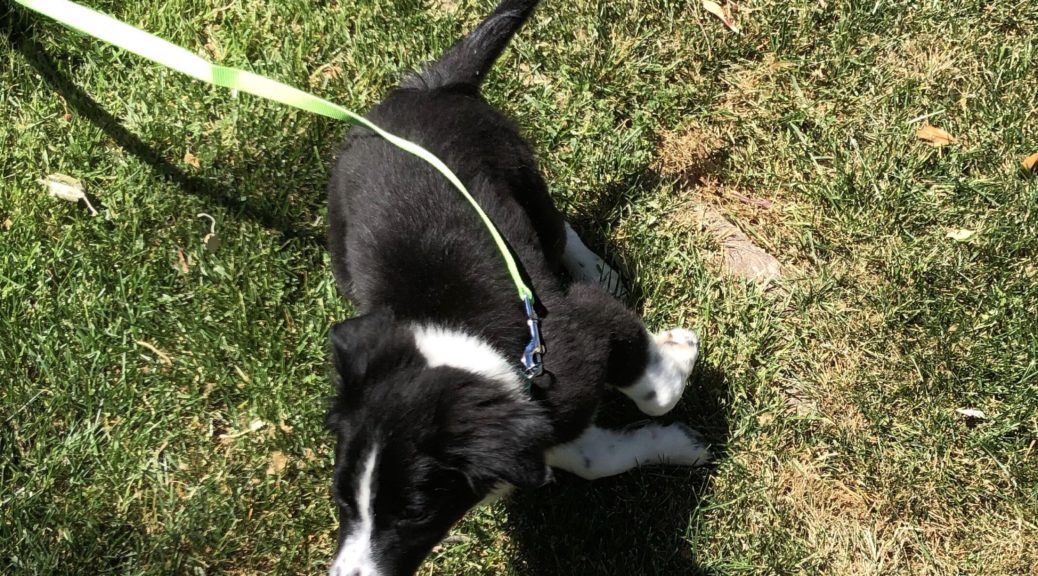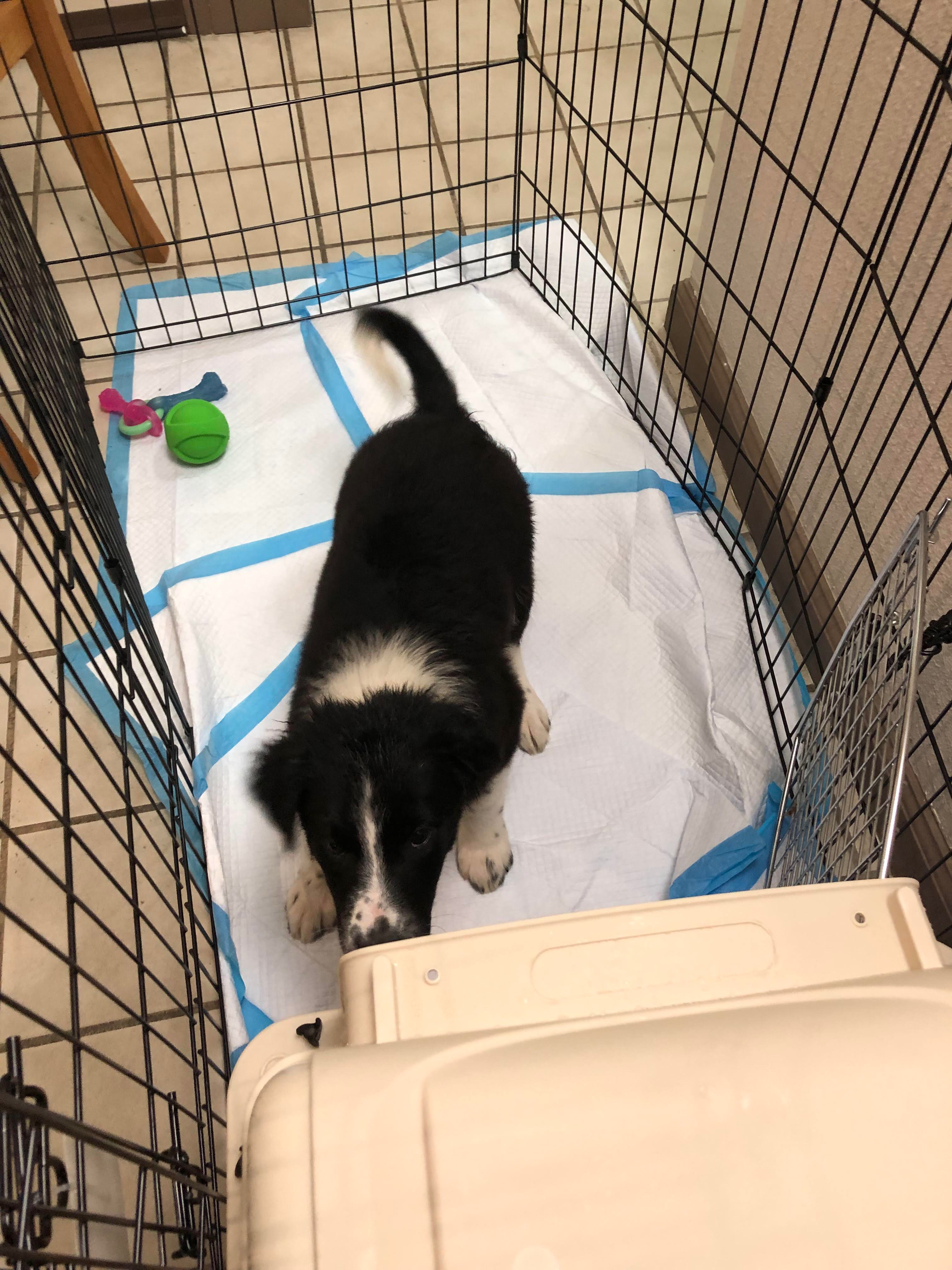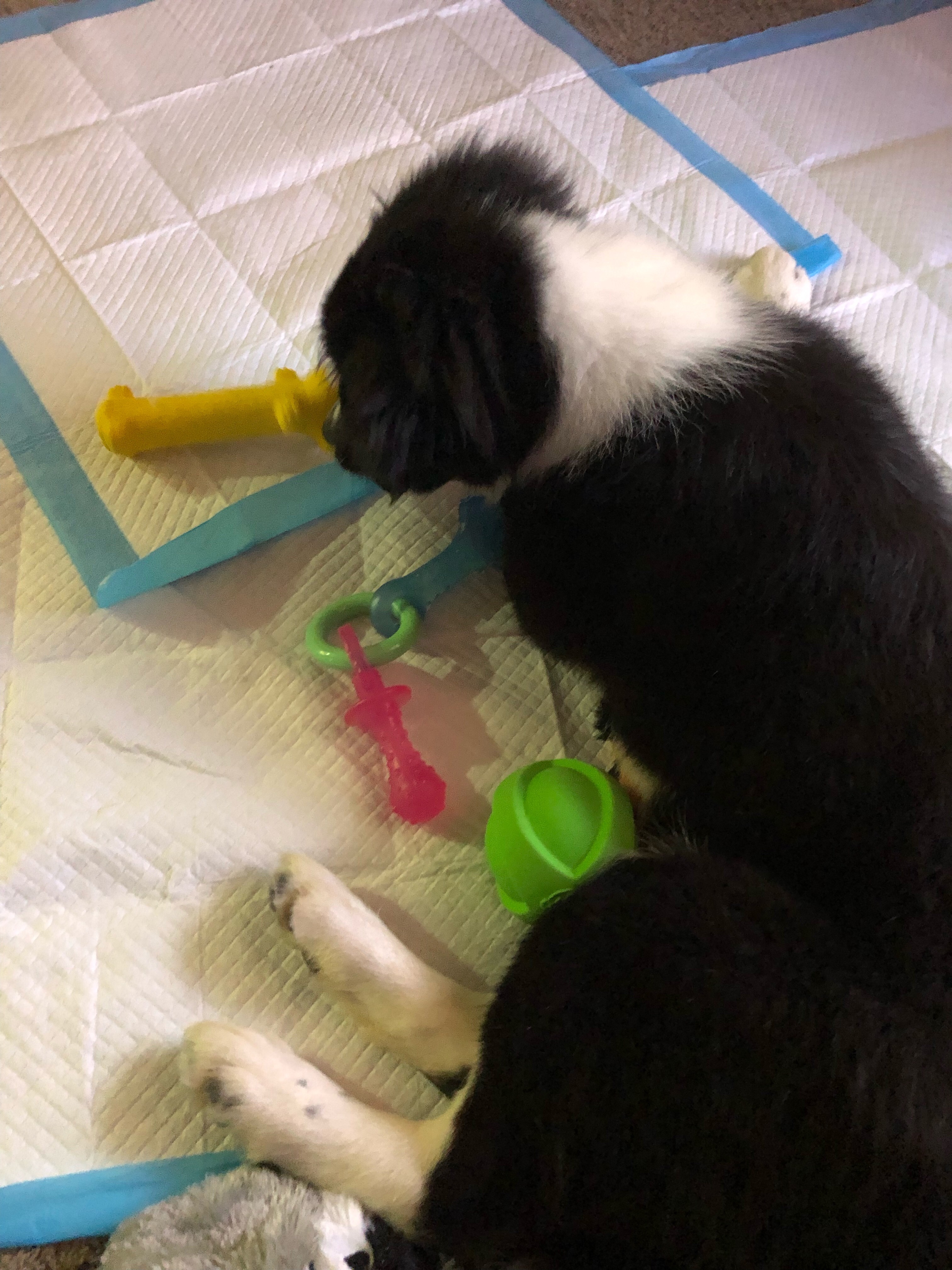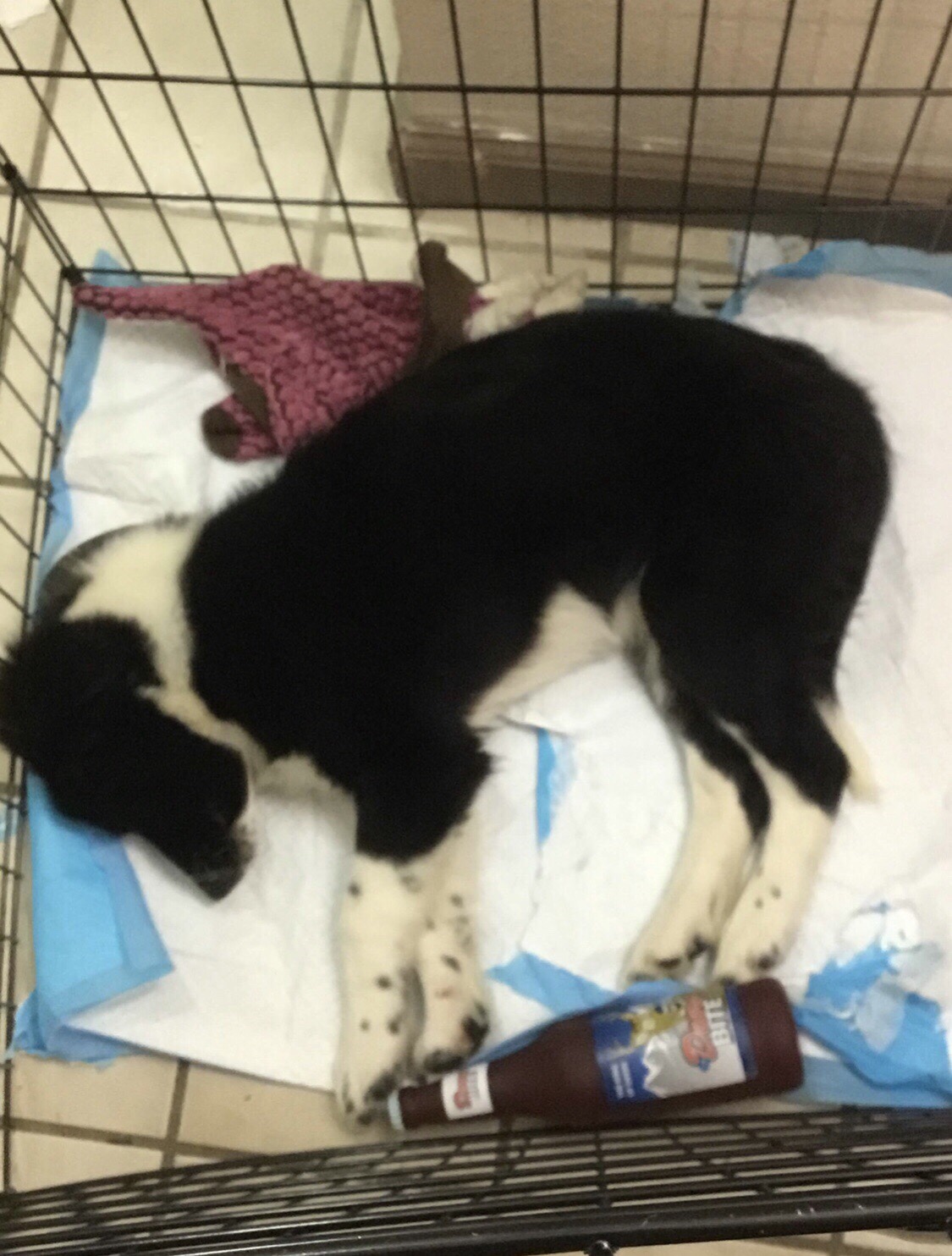I am 100% supportive of Rescue organizations. I work with a few by fostering dogs, training those fosters and finding them their furever homes. Rescue is great.
I’m also 100% supportive of responsible breeders. I’ve had many wonderful dogs who came from fantastic breeders. I also worked with several AKC Breeders, Judges, and Delegates who are and were members of the Santa Clara Valley Kennel Club.
What I don’t support is the confrontation that happens all over social media over the one-sided “Adopt Don’t Shop” rhetoric. I really understand the sentiment; there are so many dogs in shelters and on the streets. It would be amazing if we had a major breakthrough in this condition. Still, there are advantages to both sides of the coin. Dogs from Rescue or Dogs from Breeders.
There are so many benefits to getting a dog from a reputable breeder: Known genetic history, known temperaments, most of them come crate trained or have potty training started, they are well-socialized, properly brought up and come with the behavioral advantages of having gone through weaning with mom while growing up alongside littermates.
Some people require a well-bred dog to do a specific job. With generations of specifically designed genetic lines, you know what to expect and what you’re getting into. You cannot find the same benefit from a mixed-breed rescue dog. This is the goal of most reputable breeders – to continue on, and perfect, the breed to accomplish what it was originally intended for.
Yes, you can find some purebred dogs in the shelters. You don’t have any history of its genetics or past or upbringing, however. So you can’t be guaranteed to get a specific desired result. There are always exceptions to every rule and I’m sure there are many wonderful shelter dogs who can perform jobs just as well. I work with hundreds of them each year.
Rescues and shelters have been amazingly beneficial as well. They are a perfect place for seasoned or first-time dog owners to find their loving companion. Shelters and Rescues are a much less-expensive way of initially obtaining a dog. The adopters get the great feeling of having saved the life of a dog who may have had a rough beginning. Shelter dogs I have known are often very loyal, very appreciative, and very bonded to their humans that saved them. I experience this love and appreciation every day in my own home. I love my rescue dog. I don’t know how his first 7 months of life was like, but I know 2 of them were in the shelter and rescue. Confidently, he is much better off being with me now, and I’ll keep him for the rest of his life.
There are great reasons for finding your next dog through either means. Nobody should have to feel bad about looking for a reputable breeder, and nobody should feel demeaned for rescuing a dog that’s sitting in a shelter. How about we #AdoptOrShop #YouChoose.
Published by Amy Noble on 1/8/2020
Amy is an Animal Behaviorist and Dog Trainer in Monterey, Ca, with over Thirty years of experience and active knowledge working with animals. Amy’s love for every dog, cat, horse, rabbit, human (and more!) that she trains truly shows in her work and dedication.

